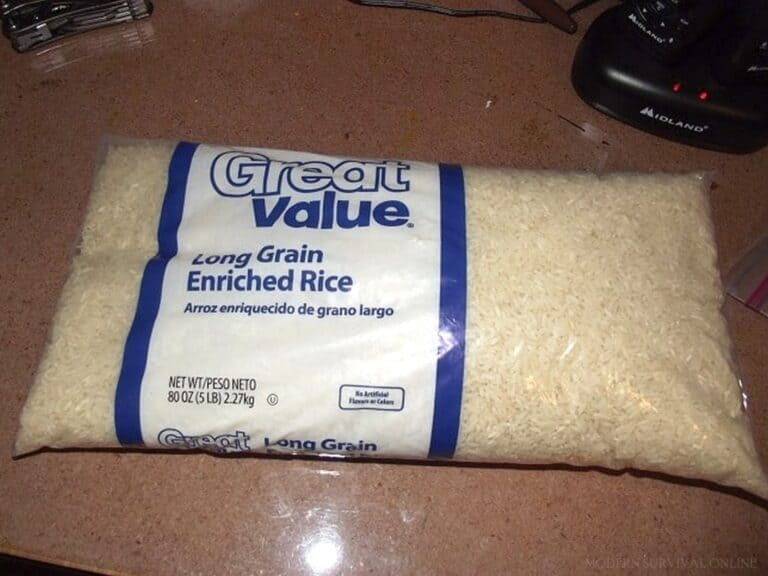
Rice
Rice, a common pantry staple, can absorb moisture effectively but may turn mushy over time. It's best suited for small spaces but can attract rodents and insects if not stored properly.
Salt
Salt is a traditional method for moisture absorption due to its reactivity. However, it tends to clump up over time, reducing its efficiency. Regularly shake or break up the salt to maintain its effectiveness.
Baking Soda
Baking soda, known for neutralizing odors, can also handle humidity to some extent. While it's not as effective against moisture as it is against odors, it's a safe and inexpensive option for moisture control.
Cornstarch
Cornstarch, primarily used in cooking, can absorb moisture but may not lock it in place like other materials. It's a cost-effective and safe option for small spaces.
Activated Charcoal
Activated charcoal, famous for its odor-absorbing properties, can also tackle moisture effectively. However, it can be expensive and dusty, requiring proper containment to avoid creating a mess.
Calcium Chloride
Calcium chloride is highly effective at combating moisture but requires careful handling due to its corrosive nature. It can lower humidity levels significantly but needs to be contained properly to prevent skin burns and metal corrosion.
Cement
Using powdered cement mix can be a quick solution for moisture control in humid areas. However, once it hardens, it loses its desiccant properties and can be destructive. Proper containment is crucial when using cement for moisture absorption.
Diatomaceous Earth
Diatomaceous earth, a versatile material with various uses, can absorb moisture effectively. Due to its dusty nature, it should be contained properly to avoid creating a mess. Opt for food-grade diatomaceous earth to ensure safety.
Montmorillonite Clay
Montmorillonite clay, a porous natural clay, can absorb a significant amount of water. It can be reused by drying it out, making it cost-effective in the long run. Proper handling and containment are essential when using this clay for moisture absorption.
Bentonite Clay
Bentonite clay, known for its absorptive qualities, is commonly used in moisture control products like kitty litter. It securely locks in moisture and is suitable for use in small spaces or containers. Proper containment is key to maximizing its effectiveness.
—————————————————————————————————————————————————————————————–
By: Tim Makay
Title: 11 Alternatives to Desiccant Packs for Moisture Absorption
Sourced From: modernsurvivalonline.com/desiccant-alternatives/
Published Date: Sun, 19 May 2024 09:23:29 +0000

